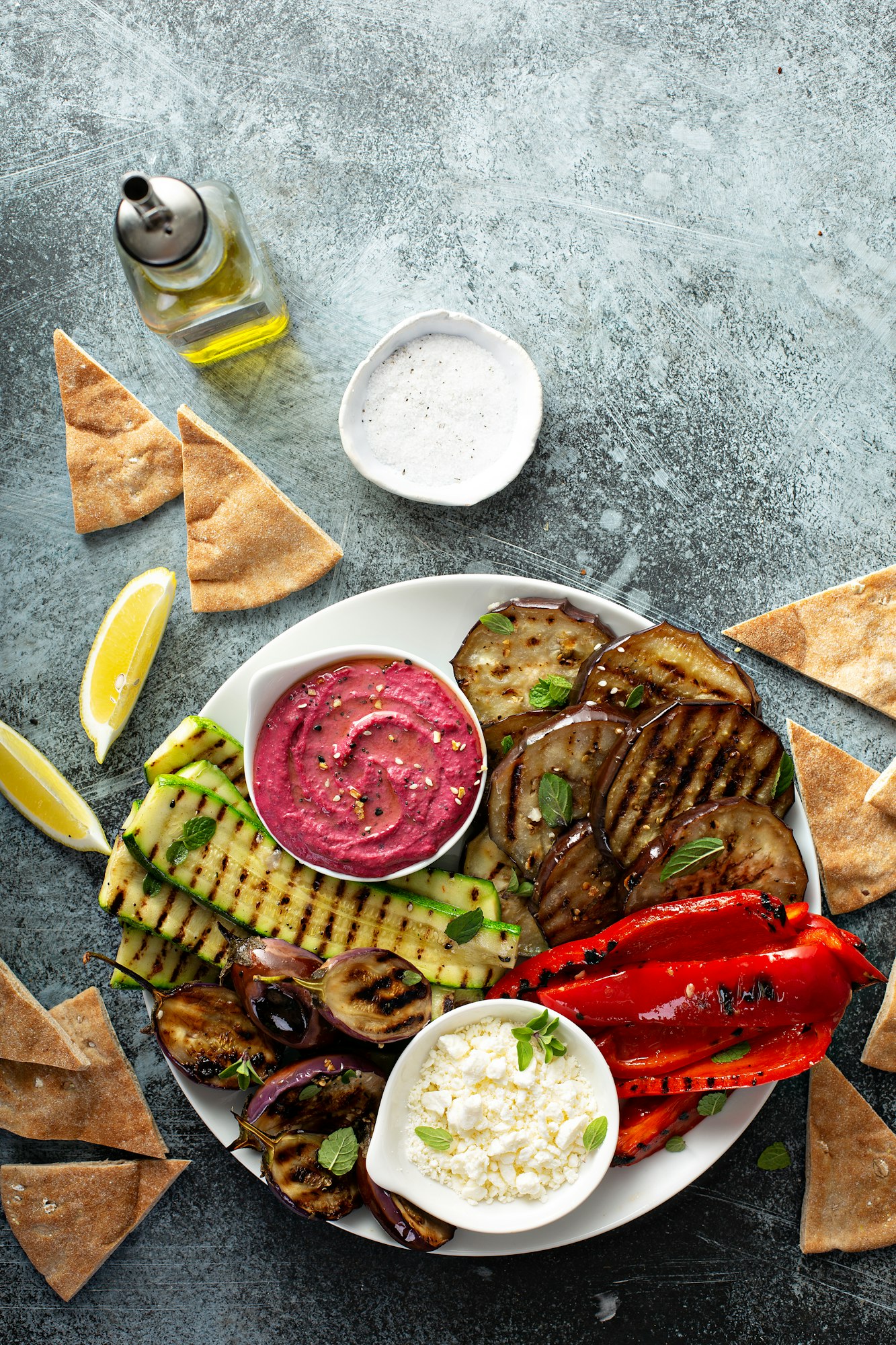Creating a sophisticated gourmet olive and charcuterie platter isn’t just about piling on different types of food. It’s about achieving a balanced fusion of flavors, textures, and colors. In this article, we will guide you on how to assemble such a platter that will not only appeal to the eyes but more importantly, to the taste buds. We’ll include a variety of cheeses, charcuterie, crackers, and olives, as well as some additional elements like fruits and nuts to enhance the overall experience.
Choosing the Right Ingredients
The first step in assembling your gourmet olive and charcuterie platter is choosing the right ingredients. The idea here is to create a balance of flavors and textures that will complement each other.
A lire aussi : What Techniques Will Yield the Creamiest Garlic Mashed Potatoes?
When it comes to cheeses, aim for a diverse selection. Include at least one soft cheese (like brie or camembert), one hard cheese (like cheddar or gouda), and one blue cheese (like gorgonzola or roquefort). Remember, variety is the spice of life!
As for the charcuterie, opt for a mix of meats to provide a variety of tastes and textures. You might include prosciutto, salami, and chorizo, for example. Don’t be afraid to experiment with more unusual options, too.
A lire également : How to Make a Refreshing Grapefruit and Avocado Salad with a Honey Citrus Dressing?
Crackers provide a crispy contrast to the soft and chewy elements on your board. Choose a couple of different varieties – maybe a classic water cracker, and something with a bit more flavor or texture, like a seeded multigrain cracker.
Olives add a wonderful briny flavor that pairs incredibly well with both meats and cheeses. Choose a combination of green and black olives for variety’s sake – and consider including some stuffed options, too.
Finally, don’t forget to add some fresh fruit and nuts to your board. They’ll provide a welcome contrast to the salty meats and cheeses, and they’ll add some beautiful color, too.
Preparing and Arranging the Ingredients
Now that you’ve chosen your ingredients, it’s time to prepare and arrange them on your board.
Start with your cheeses. These should be sliced or cubed ahead of time to make it easy for your guests to serve themselves. If you’re serving a soft cheese, you might want to include a cheese knife so your guests can spread it on their crackers.
Next, arrange your charcuterie. You can roll or fold slices of meat, or just leave them flat. Be creative and play with the placement of the meats, but ensure they are spread evenly across the board.
The crackers can be stacked or laid flat on the board. Just make sure they’re easy to reach and pick up – you don’t want your guests to have to dig through piles of meat and cheese to find them.
Your olives can be placed in a small bowl or ramekin, or scattered throughout the board. If you’re using stuffed olives, be sure to let your guests know what they’re filled with.
Lastly, fill in any gaps with your fruit and nuts. These can be casually scattered across the board, or arranged in neat little piles or lines. Again, the goal is to create a board that’s visually appealing and easy to navigate.
Pairing Suggestions for a More Enjoyable Experience
The art of pairing can greatly enhance the eating experience of your olive and charcuterie platter. Here are some general guidelines for pairing different ingredients on your board.
For blue cheese, try pairing it with sweet and crunchy elements like honey and walnuts. The sweetness and texture of these add-ons will cut through the strong flavor of the cheese, creating a balanced bite.
For hard cheeses like cheddar, pair them with tart fruit like apples or grapes. The acidity of the fruit will cut through the richness of the cheese, creating a well-rounded flavor profile.
For your meats, consider pairing them with a little mustard or pickles. The sharpness and acidity of these condiments can enhance the flavor of the meats.
Serving your Gourmet Olive and Charcuterie Platter
When serving your gourmet olive and charcuterie platter, it’s important to consider a few key points. First, ensure that your platter is easily accessible from all sides of your table. This will allow your guests to serve themselves without having to reach across others.
Next, provide a variety of utensils for serving and eating the different components of your platter. Cheese knives, small forks, and toothpicks will all make it easier for your guests to serve themselves.
Lastly, serve your platter at room temperature. This allows the flavors of your meats and cheeses to fully develop, providing a richer tasting experience for your guests.
Remember, the goal is to create a dining experience that’s not only delicious, but also pleasurable and stress-free for your guests. By following these tips, you’ll be well on your way to assembling a sophisticated gourmet olive and charcuterie platter that everyone will enjoy.
Amplifying the Experience: Accompaniments and Drinks
Accompaniments like bread and crackers play a crucial role in enhancing the flavors of a gourmet olive and charcuterie platter. A variety of different breads like baguette slices, pita, or rustic whole grain bread can offer diverse textures and tastes. Crackers, especially ones with unique flavors or infused with herbs, can be a real game changer on your board.
Don’t forget to include some spreads like fig jam, honey, or whole grain mustard. They add a sweet or tangy touch that can incredibly complement the meats and cheeses. And for a touch of freshness, garnish the platter with fresh herbs like rosemary or basil.
Choosing the right drink to serve with your charcuterie board is equally important. Wine is a classic choice. A full-bodied red wine pairs well with hard cheeses and cured meats, while white wine or rosé can be a perfect match for soft cheeses. Alternatively, craft beers or ciders can also be an excellent pairing with a cheese board.
The Art of Presentation
The visual appeal of your charcuterie board is as important as the flavors. Start with a large, flat board or a slate cheese plate. A wooden cutting board can also serve this purpose well. The platter should be large enough to hold all your ingredients without them overlapping.
Next, think about color and arrangement. Strategically place the meats, cheeses, olives, and fruit to create an appealing color contrast. Experiment with different shapes and sizes. Roll up slices of cured meats, cube or crumble cheeses, slice fresh fruit, and present them in an attractive manner.
Remember to separate strong flavors. For instance, keep the blue cheese away from the milder ones to prevent flavor contamination. Use bowls or small dishes to hold olives or dips and place them around the board.
Finally, make sure to wrap your cheese boards in plastic wrap if you are preparing them ahead of time. This keeps the ingredients fresh and prevents them from drying out.
Conclusion
Creating a sophisticated gourmet olive and charcuterie platter is an art form that is sure to impress your guests. The key is in selecting a variety of high-quality ingredients, arranging them with care, and serving them at the right temperature with appropriate pairings. By following this guide, you’re sure to craft a balanced, flavorful, and visually stunning cheese plate that will wow your guests at your next gathering. So, put on your creative hat and start building your gourmet charcuterie platter today!






